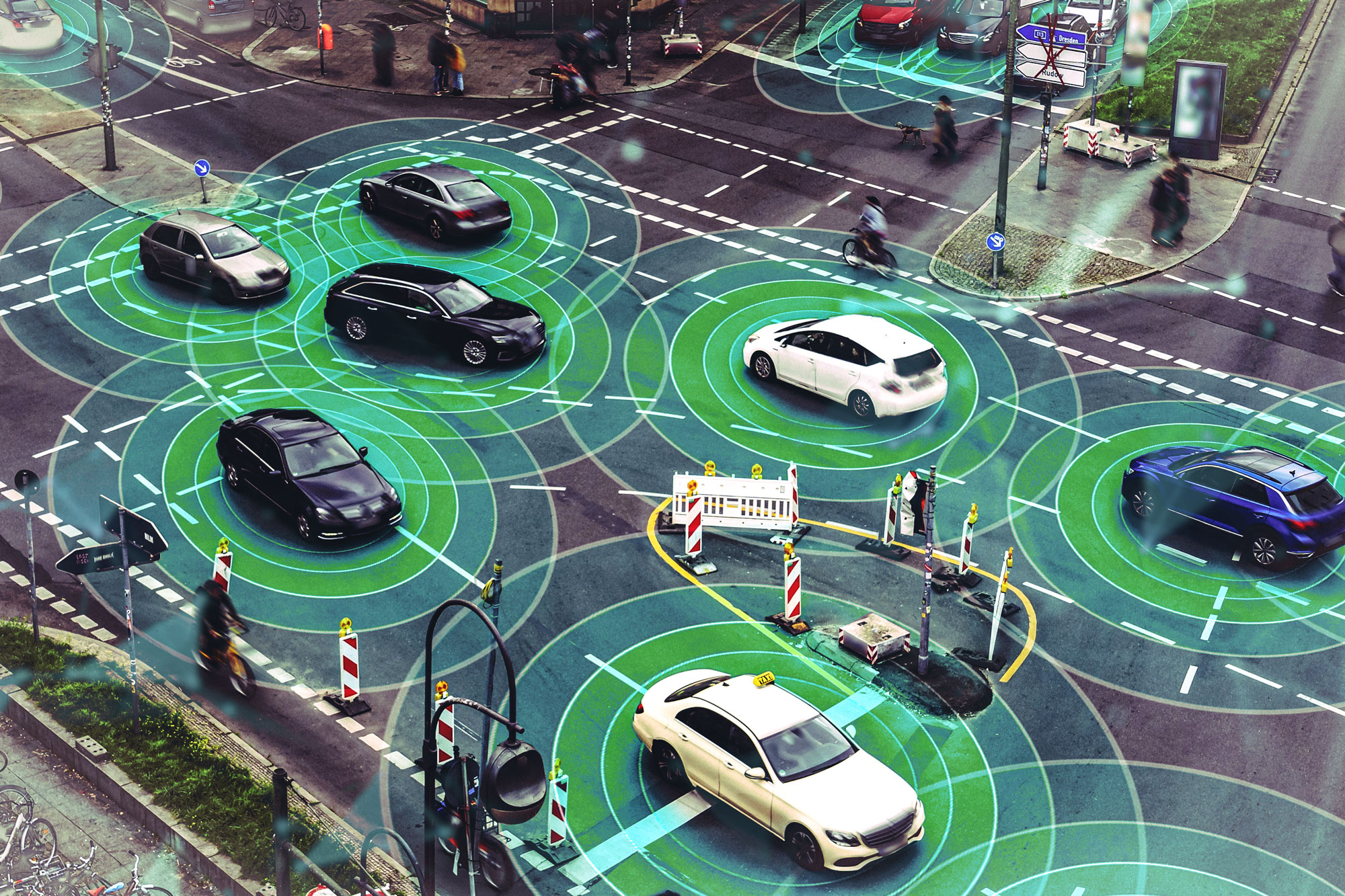Motorists idling at traffic lights contribute significantly to carbon dioxide emissions, accounting for as much as 15 percent of emissions from land transportation in the United States. A recent study led by researchers at the Massachusetts Institute of Technology (MIT) reveals that implementing eco-driving measures could dramatically reduce these emissions. By optimizing vehicle speeds to minimize stops and harsh accelerations, cities could cut carbon emissions from intersections by an estimated 11 to 22 percent.
Utilizing advanced artificial intelligence techniques such as deep reinforcement learning, the MIT team assessed the impact of eco-driving across three major U.S. cities: Atlanta, San Francisco, and Los Angeles. Their findings indicate that even a modest adoption rate of 10 percent of eco-driving vehicles could yield 25 to 50 percent of the total emissions reduction. Furthermore, adjusting speed limits at just 20 percent of intersections could provide 70 percent of the overall emission benefits, suggesting a feasible path for implementing these measures gradually.
Innovative Solutions Through AI
The research, published in Transportation Research Part C: Emerging Technologies, is led by Cathy Wu, an associate professor in Civil and Environmental Engineering at MIT. “Vehicle-based control strategies like eco-driving can move the needle on climate change reduction,” Wu stated. The study emphasizes the potential of modern machine-learning tools to facilitate informed decision-making regarding transportation policies.
The researchers identified 33 factors that influence vehicle emissions, such as temperature, road grade, and vehicle types. They created digital replicas of over 6,000 signalized intersections and simulated more than one million traffic scenarios. By employing deep reinforcement learning, they were able to optimize driving behaviors to maximize energy efficiency.
Wu highlighted the challenge of training vehicle behaviors to adapt across diverse traffic scenarios. The team successfully categorized different traffic situations, which allowed them to develop tailored reinforcement learning models, ultimately enhancing the emissions benefits.
Significant Environmental Impact
The analysis reveals that cities could realize substantial emissions reductions through full adoption of eco-driving strategies. The variations in potential benefits depend largely on city infrastructure; for example, denser cities like San Francisco might face limitations in implementing eco-driving measures, while Atlanta could experience more significant gains due to its higher speed limits.
Even with a small fraction of vehicles adopting eco-driving, the ripple effect in traffic dynamics could enhance overall emission reductions. Non-eco-driving vehicles tend to follow eco-driving vehicles, thus benefiting from optimized speeds that improve fuel efficiency. Although there is potential for eco-driving to increase vehicle throughput, Wu cautioned that this could inadvertently encourage more drivers to take to the roads, potentially negating some emissions benefits.
While the study used surrogate safety measures to suggest that eco-driving is as safe as conventional driving, Wu acknowledged the need for further research to fully understand the possible impacts on driver behavior.
The work also points to the combined benefits of eco-driving with other decarbonization strategies. For instance, a 20 percent adoption of eco-driving in San Francisco could reduce emissions by 7 percent, and when paired with the increasing use of hybrid and electric vehicles, the figure could rise to 17 percent.
“This is a first attempt to systematically quantify the network-wide environmental benefits of eco-driving,” stated Hesham Rakha, a professor of engineering at Virginia Tech, who was not involved in the research. The study not only focuses on carbon emissions but also highlights improvements in fuel consumption, energy use, and air quality.
Wu concluded that eco-driving represents a straightforward and readily implementable solution, especially with the growing integration of smart technology into vehicles. “For something to scale quickly in practice, it must be relatively simple to implement,” she said, emphasizing the potential of eco-driving as a low-cost intervention supported by current technological advancements.
The research received funding from Amazon and the Utah Department of Transportation, indicating strong interest from both the private and public sectors in exploring effective strategies to reduce transportation-related emissions.
